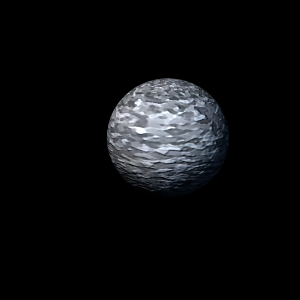|
|
Space Astro
|
Info for exoplanet "Galamne Puck"
| Scientific (actual) data |
|---|
| Name | HD 45652 b |
| Planet status | Confirmed |
| Mass sini | 0.47 |
| Orbital period | 43.6 |
| Semi major axis | 0.23 |
| Orbit eccentricity | 0.38 |
| Angular distance | 0.006389 |
| Discovered | 2008 |
| Updated | 2008-10-13 |
| Omega | 273 |
| Tperi | 2454120 |
| Publication | Published in a refereed paper |
| Detection type | Radial Velocity |
| Star name | HD 45652 |
| Right ascension | 97.3° |
| Declination | 10.93° |
| Mag v | 8.1 |
| Star distance | 36 |
| Star metallicity | 0.29 |
| Star mass | 0.83 |
| Star sp type | G8-K0 |
| Star temperature | 5312 |
| Wikipedia article | HD 45652 b |
Back
| |
| Fictional info (?) |
|---|
| Suggested name | Galamne Puck |
| Planet type | Cold planet |
| It has the longest rotation period (445 days) of any planet in its solar system and rotates in the opposite direction to most other planets. |
| Atmosphere | Ozone | 72% |
| Hydrogen deuteride (HD) | 27% |
| Xenon | 0.07% |
| Atmospheric pressure | 0.0011 bar |
 |
| No known satellites |
| Google search for Galamne puck |
|
Website by Joachim Michaelis
|
|
|
|